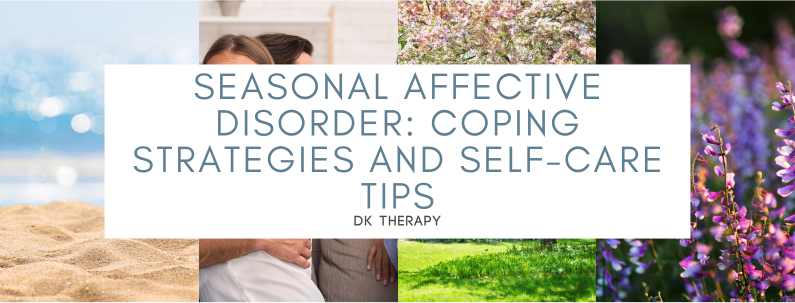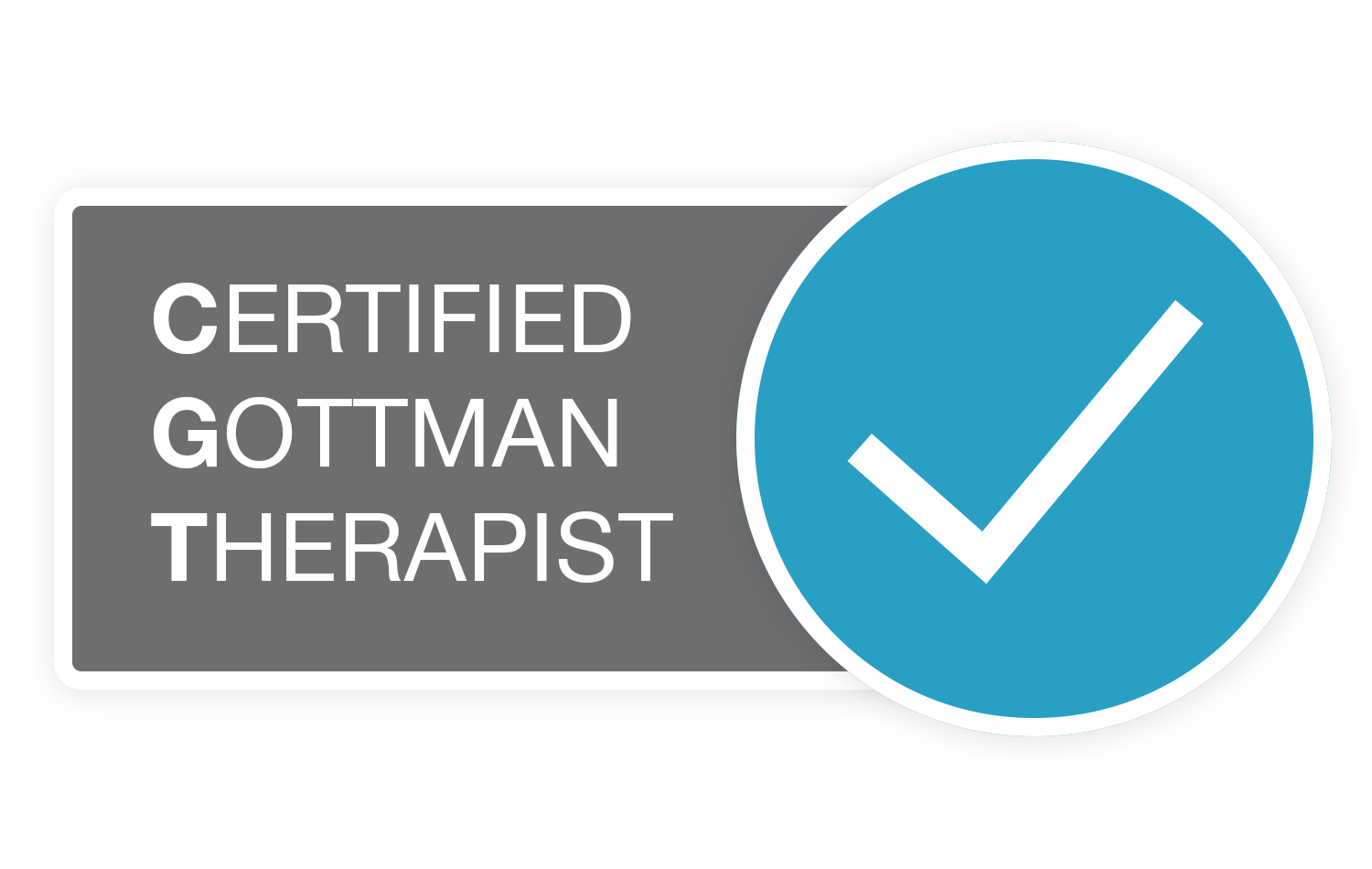
Some people experience what’s known as the “summertime blues” but when those feelings don’t go away in due time, the issue at hand might be more serious. There’s a difference between summertime blues and a legitimate mental health condition that’s influenced by the changing of seasons.
If you deal with depression during the spring and summer months in particular, you might be struggling with Seasonal Affective Disorder.
What is Seasonal Affective Disorder?
Seasonal affective disorder, also referred to as SAD for short, is a form of depression that manifests most noticeably during specific seasons. Most of the time, people experience flare-ups of seasonal affective disorder during the colder, darker months, but it can also occur during the warm, sunny months of spring and summer.
When this disorder strikes during fall and winter, the medical community attributes some of the symptoms to the decrease in sunlight brought on by reduced daytime hours. The lack of sunlight, which may lead to decreases in vitamin D levels, can induce chemical changes within an individual’s brain.
During warmer months, the high temperatures, increased sunlight, and shorter nights might induce symptoms of depression due to potential sleep disturbances. Further, because of all the summertime events that take place, people dealing with this disorder might experience significantly higher instances of social anxiety during the summer.
Signs of Spring and Summertime SAD
Regardless of the season that induces the worst of an individual’s SAD struggles, several symptoms may be present. These include:
- Feeling down or unengaged for long periods
- Loss of interest in hobbies
- Low energy
- Sleep disturbances
- Food cravings
- Weight gain
- Trouble concentrating
- Feelings of hopelessness, sadness, or guilt
In addition to these symptoms, feelings or behaviors that may arise as a result of spring or summertime seasonal affective disorder include the following:
- Difficulty falling asleep or staying asleep
- Poor appetite
- Weight fluctuations
- Anxiety
- Irritability or agitation
Self-Care for People Living with Seasonal Affective Disorder
Here are a few tips and guidelines to follow if you’re looking for ways to manage your SAD during the warm months.

- Identify Triggers: When you’re aware of places, people, or events that trigger your sadness or anxiety, you can better protect yourself from encountering these issues. Your mental health is far more important than other people’s expectations, so be mindful of your surroundings and say “no” to things that’ll surely upset you.
- Develop a Routine: Structuring your days and finding productive things to do can help welcome in feelings of accomplishment. Whether you have an errand routine, an exercise routine, or a combination of daily activities, having a method to follow can make it easier to feel less lost.
It’s worth noting that any routine you develop should involve carving time out to focus on self-care.
- Work on Your Sleep Quality: Getting more adequate sleep can help regulate the chemical balance within your brain and body, so you’ll want to work toward getting better sleep. Clean and organize your room so that it’s comfortable and try sleep hypnosis tracks, white noise machines, or even apps that aim to help listeners induce sleep and relaxation.
- Avoid Harmful Distractions: It’s normal to want to distract yourself when you’re feeling down, but it’s important to utilize distractions that aren’t going to be a detriment to your health. For example, avoid eating when you’re not hungry, drinking alcohol in excess, using drugs, going on spending sprees, or spending multiple hours in a row browsing online or playing video games.
For some individuals, self-care routines can be effective in reducing symptoms of seasonal affective disorder. However, if you’re struggling despite your best efforts, it may be time to contact a professional therapist. Reach out to DK Therapy and schedule an appointment to talk to us about additional ways to cope.




